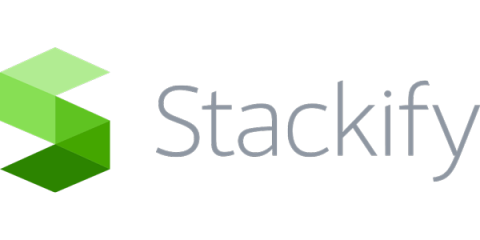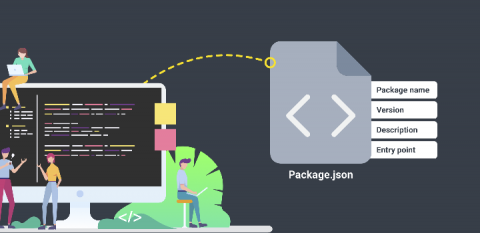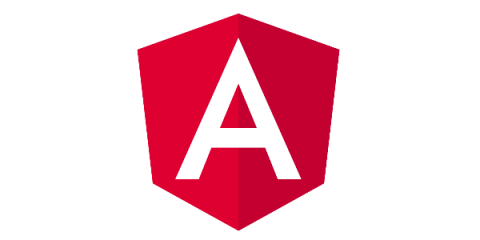A Beginner's Guide To Test Automation With Javascript (Nightwatch.js). Part 1.
Welcome to the “A beginners guide to test automation with Javascript(Nightwatch.js)”! This is a three-part blog series to kick start writing web UI automation using Nightwatch.js. In the following parts you will learn: Sounds exciting? Let’s get started! Writing a script in JavaScript (JS) and Nightwatch.js, aka Nightwatch (NW), is simple once you get started and this guide will help anyone regardless of their skill level.










